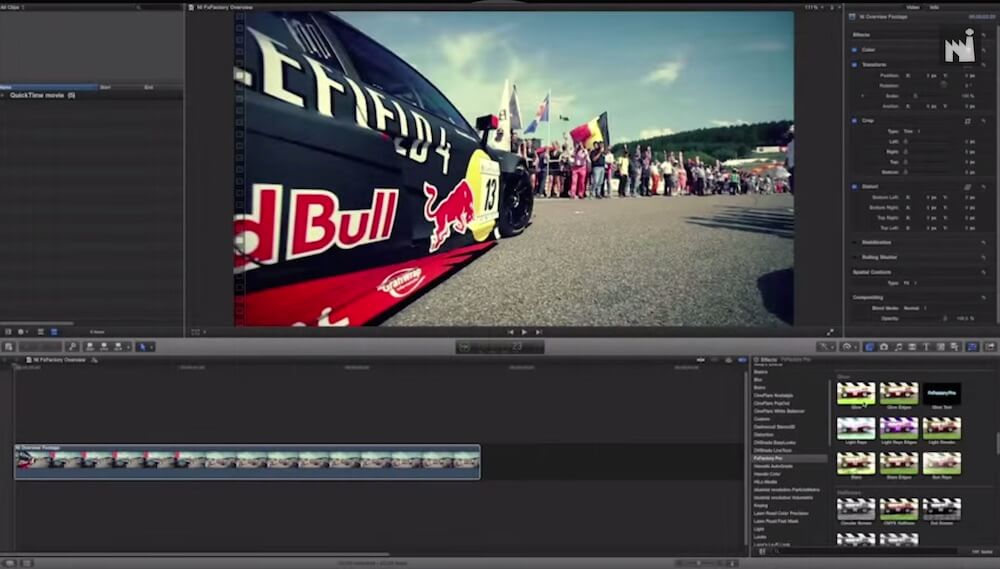
“It may seem challenging, but it can do a lot for you.” “My favorite tool is a stylus that I hated at first,” says Jokhadze. This process can be helped by using a physical digital stylus and working on Photoshop on the iPad. Select and edit precise paths with the Pen tool to outline items in an image that you want to select and cut out. “Make sure all your layers are on and visible when you export your file.” Understanding the basics of Layers can help. “Double-check your work too,” adds Antonio. You may need each individual layer present in your working file later. “Save after every big change you make and never combine layers,” warns Antonio. After you make an automatic Selection, you may need to refine your selection manually before applying a Layer Mask. Remove people or objects from images using Selections and Layer Masks. Use Selections and Layer Masks to cut out objects. Have fun with it.” Tools in Photoshop like Selection, the Pen tool, and Layers can help you combine photos into stunning works of art. “Try every tool in the program to familiarize yourself with each one. “As a beginner, don’t be afraid to just play around in Photoshop,” says Antonio. Using Adobe Photoshop to make a digital collage.

Look up work by these artists for inspiration. Photomontage then became a facet of pop art into the seventies and eighties, adopted by British conceptual artists like John Stezaker and David Hockney, who explored patterns, repetition, and the recycling of commercial images.

During the same era, Man Ray and Salvador Dali were associated with cubism and the surrealist painting movement they created dream-like photomontages that played with perspective and the human form. Similar were the artists in the Russian constructivist movement, such as Alexander Rodchenko and Gustav Klutsis, who incorporated typography and graphic design in their angular collages. German Dadaists in the mid- to late 1910s, like Hannah Höch, John Heartfield, Raoul Hausmann, and Kurt Schwitters, used photomontage as a way to make images that channeled their anti-fascist beliefs. Modern collages follow in the footsteps of Dadaism. Art photographer Oscar Rejlander helped pioneer early experimentation in combination printing and went on to create the first well-known photo montage, The Two Ways of Life, in 1857. This process was necessary because it was difficult to get various light levels to expose well at the same time, but it soon led to photographers creating more imaginative photographic images than ever before. Combination printing was the process of developing one image using multiple negatives. It all started with combination printing.īack in the mid-nineteenth century, combination printing, an early type of photo manipulation, paved the way for photomontage.

But this type of mixed media art has deeper roots that started with subversive German artists in the surrealist movements of the early twentieth century, around the time of World War I. Photomontage took off in the early twentieth century.Ĭollaging might conjure images of a teenager in the nineties, decorating their locker with magazine clippings of mass media stars. With digital photo collage, I can transfer a vision like that to the screen.”

“I used to imagine that I was sitting on a different planet, looking at the sun and Earth side by side. “Photomontage gives you the opportunity to create works of art from anything that’s on your mind,” she says. Photo collages bring dreamlike visions to life.įine art photographer and visual artist Edwin Antonio describes photomontage as “a vision, a dream that an artist has, which takes multiple images to create.” Graphic designer and collage artist Lana Jokhadze agrees. When performed digitally, photomontage can also be called compositing. But now, digital design tools like Adobe Photoshop make it easier than ever to bring imaginative scenes to life using existing imagery, without paste or paper cuts.
#How to get photo montage from fxfactory for free software#
This can involve cutting up printed images, which is how magazine editors used to design publications before digital design software existed - creating layouts called pasteups. Photomontage work includes various types of image editing in which multiple photographs are cut up and combined to form one new image.


 0 kommentar(er)
0 kommentar(er)
